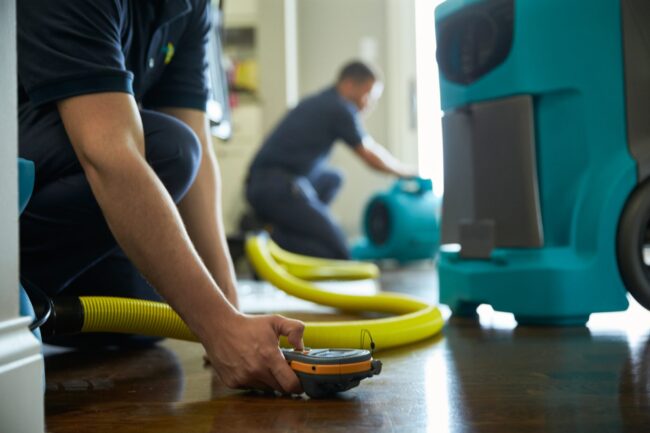Water Damage Restoration in Commercial Buildings: A Complex and Multifaceted Process
Water damage restoration in commercial buildings can be a complex and costly endeavor. The effects of water damage extend far beyond just the physical damage to the building itself, but also have a significant impact on the safety and health of its occupants. One of the leading causes of water damage in commercial buildings is due to plumbing failure, which can have detrimental effects on the structure and internal systems of the building.
The importance of preventing water damage in commercial buildings cannot be overstated. Not only does it protect the property owner’s investment, but it also ensures the safety and health of the building’s occupants. The first step in preventing water damage is to regularly inspect the building’s plumbing and drainage systems. Identifying potential issues and addressing them early on can save property owners significant repair costs in the long run.
Another vital step in water damage prevention is implementing a proactive maintenance program. This involves regular inspections and cleaning of gutters, downspouts, and drains, as well as ensuring that sprinkler systems are functioning correctly. Additionally, property owners should consider installing water sensors and alarms, which can alert them to potential water damage issues before they become severe.

Water damage restoration in commercial buildings is not a straightforward process. It often involves multiple steps, including water extraction, drying, cleaning, and disinfecting. Furthermore, some water damage can be hidden and not immediately evident, making it crucial to hire a professional restoration company that has the specialized equipment and expertise needed to thoroughly assess and treat water damage in commercial buildings.
One of the primary objectives of water damage restoration is to prevent the growth of mold and other harmful organisms. Mold can quickly grow and spread in damp environments, posing health risks for occupants and causing additional damage to the building’s structure. Professional restoration companies use specialized equipment, including dehumidifiers and air scrubbers, to efficiently remove moisture and minimize the risk of mold growth.
In conclusion, water damage restoration in commercial buildings requires both proactive prevention measures and specialized expertise to ensure the safety and health of building occupants and protect property owners’ investments. Implementing regular maintenance programs and conducting regular inspections can help prevent water damage, while hiring a professional restoration company can significantly reduce the cost and impact of water damage in commercial buildings.



